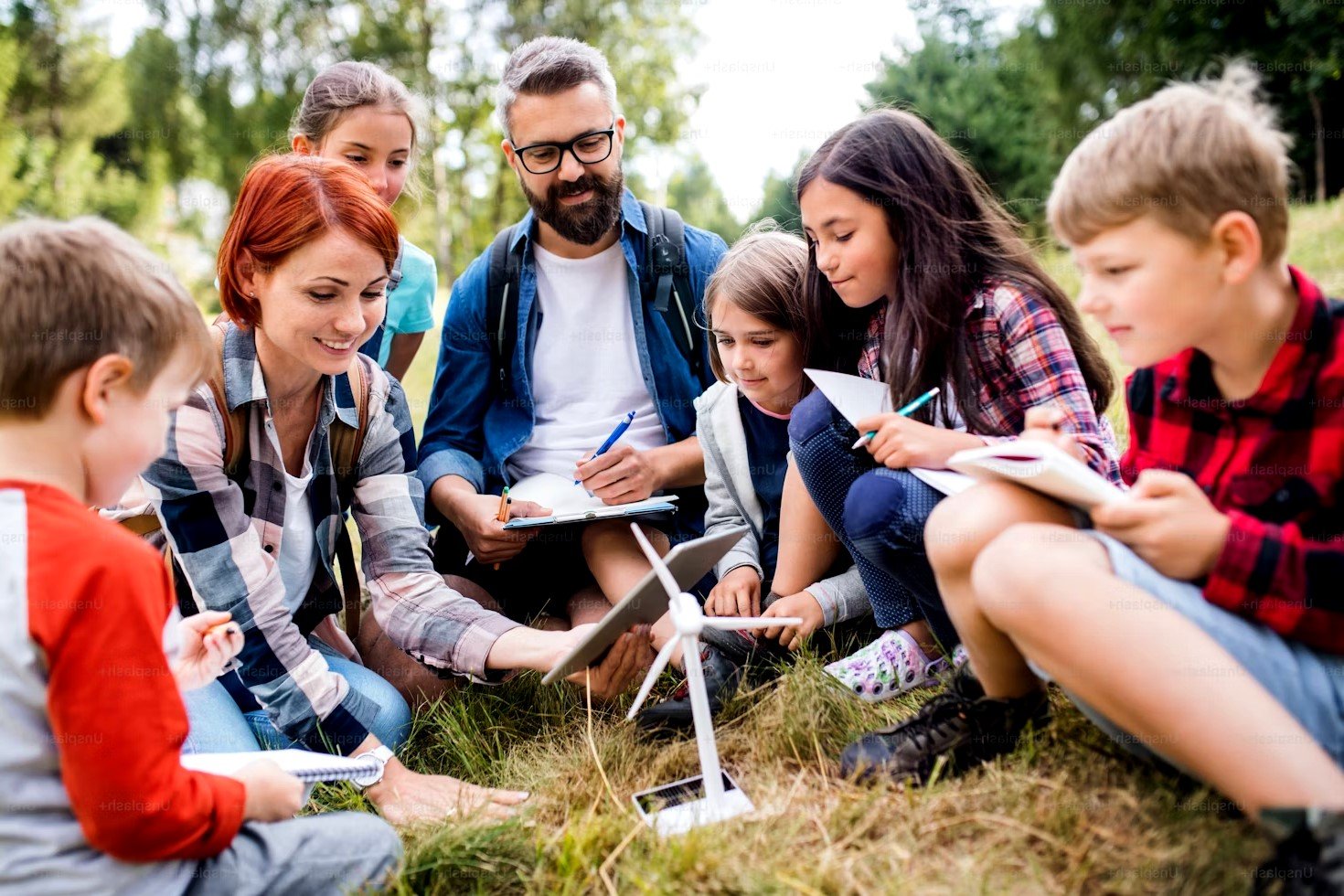Definition of AI and Context:
AI in education is described as the use of computer algorithms and intelligent computer programs to facilitate, enhance, and transform the process of teaching and learning. Unlike earlier forms of educational aid, AI systems are able to analyze vast datasets, adapt in the moment, and make decisions that will impact learning outcomes.https://www.entertostudy.com/real-world-applications-and-case-studies/ AI, for example, could assess a student’s learning rate, detect knowledge gaps, and offer personalized materials to address them.  To allow computers to learn and reason like humans, able to interact intelligently with teachers and students.
To allow computers to learn and reason like humans, able to interact intelligently with teachers and students.
Historical Context (1960s) and Evolution:
Why AI Is Gaining Momentum in Education:
AI is becoming more and more popular in education, and it’s easy to see why. For one, as online learning keeps growing—thanks to globalization and rapid tech advancements—there’s a real need for educational tools that can work for large numbers of students all over the world.
Then came the COVID-19 pandemic, which pushed schools and universities to adopt remote learning almost overnight. That shift showed just how valuable smart, responsive tools could be in helping teachers and students stay connected. On top of that, AI has become way more powerful—thanks to better technology and access to loads of data—which means it can now offer really accurate feedback and tailor learning experiences to each individual. As more people look for education that fits different learning styles, locations, and life situations, AI is stepping up to offer flexible, personalized support like never before.
Where AI Is Already Making a Difference:
AI isn’t just some futuristic idea—it’s already helping millions of students every day. If you’ve ever used Grammarly to polish your writing or Duolingo to pick up a new language, you’ve experienced AI in action. In classrooms, tools like Google Classroom and Microsoft Teams are using AI to help teachers manage assignments and keep track of how students are doing. Some schools even use AI-powered chatbots to answer students’ questions about homework or guide them through choosing their courses.
In special education, speech-to-text tools make it easier for students with disabilities to take notes or follow along in class. These kinds of technologies are quietly changing how schools work—making learning more engaging, more accessible, and more personalized for everyone.

How Do People Feel About It?
People have mixed feelings when it comes to AI in education. On one hand, many are excited about what it can do—it makes learning easier, more personalized, and even kind of fun. But on the other hand, some have real concerns. What if AI ends up replacing teachers? What happens to all the data it collects about students? These questions are totally valid.
It’s completely natural to feel a bit unsure or even hesitant when it comes to new technology—especially when it’s something as personal and impactful as education. After all, learning isn’t just about facts and figures; it’s about relationships, inspiration, and human connection. That’s why the role of AI in education should never be about replacing teachers or removing that personal element from the classroom. Instead, it should be about giving educators better tools to support their students, and helping students learn in ways that truly work for them. AI can offer data-driven insights, personalized learning paths, and time-saving automation, but it can’t replace the empathy, encouragement, or creativity a teacher brings.
At the heart of it, education is still very much a human experience. AI is just one piece of the puzzle—an incredibly useful piece—but not the whole picture. So rather than seeing it as a threat, it makes more sense to view AI as a partner in the learning journey, one that can lift some of the heavy lifting so teachers and students can focus on what really matters.
In the end, it’s all about finding that right balance—embracing the power of technology while holding tightly to the human touch that makes learning meaningful, memorable, and real.

 To allow computers to learn and reason like humans, able to interact intelligently with teachers and students.
To allow computers to learn and reason like humans, able to interact intelligently with teachers and students.












